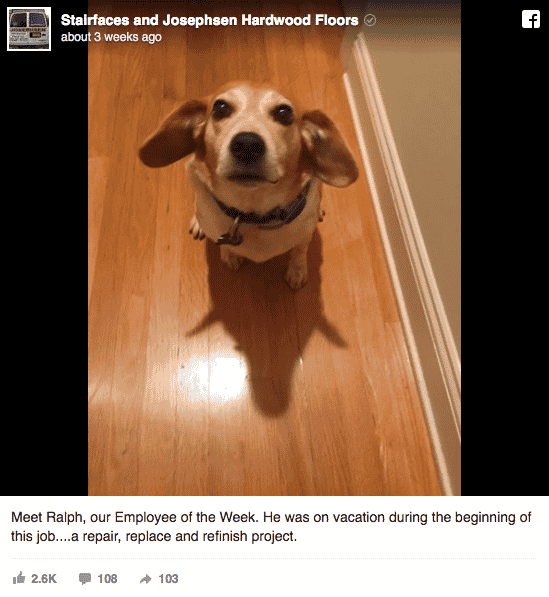
- What are you going to post?
- How often are you’re going to post?
- Who is going to post?
3. Pick the right social networks
Find out where your target market ‘hangs out’ online and make sure your business is active on those networks.
The right networks for your business will depend on the demographic of your ideal customer, as well as the type of business you run – Business to Business (B2B) or Business to Customer (B2C).
Here’s some tips to get you started:
Facebook – Best for B2C, predominantly females aged 18-49
Instagram – Best for B2C, predominantly females under 35 years old
LinkedIn – Best for B2B, slightly more males, high earners
Twitter – Best for B2B, sometimes useful for B2C, predominantly males aged 18-29

4. Align posts with your brand message
Ensure your brand identity and message are clear; everything you post must be aligned with this image and message.
If you are not sure what your brand message is, take a moment to think about your business and note down:
- What you do
- How you help your customers.
- What you want your customers to be saying about you.
- What is unique about your business (something that your competitors don’t offer.)


- Customer testimonials
- Local or industry community posts
- Press on your business
- Key blog posts
This kind of content might not be super popular but they are vital to building audience trust in your expertise.
The surprising types of posts we create for our clients’ social media pages >

- How to save hot water
- The kid’s bath time
- Money saving water / heating tricks
- Staying warm on a cool night
- What to do if your boiler breaks

- Lack of time
- Lack of resources
- Too expensive

By Victoria Lee, CEO of 100 Pound Social
Victoria began her career in journalism. She worked at various publications including the Daily Mirror, before moving into digital marketing. In late 2016, Victoria and her sister Louise co-founded 100 Pound Social.



